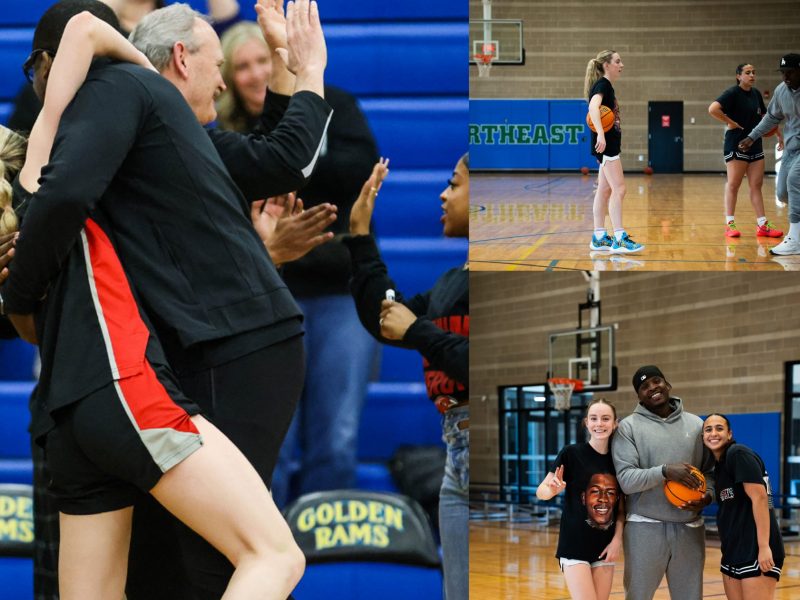
VMAs
It’s easy to rattle off a number of recent Grammy award winners, but considerably harder to do the same for any of the artists who have taken home a moonman statue at MTV’s Video Music Awards in the past few years. Hell, it’s even difficult just trying to remember what won last year’s Video of the Year — arguably the night’s most important award (Miley Cyrus’ “Wrecking Ball,” if you were wondering).
It’s not surprising that the “A” in VMAs is relatively meaningless. After all, this year’s show aired Sunday night on the teen-targeted network sandwiched between episodes of the equally banal Catfish and Ridiculousness. What is startling, though, is that the VMAs still manage to remain not only relevant, but also an iconic and enduring platform for celebrity showstopping and controversy, rivaling even the Met Gala.
Whatever the awards themselves might lack in prestige, the show has always made up for in moments both entertaining and important. In just the past decade, the VMAs have served as a massive stage for several momentous musical milestones: the good, the bad and the desperate publicity stunts.
For millennials, the VMAs’ significance likely started with the Madonna/Britney Spears kiss in 2003, ushering in the beginning of the end of Spears’ bubblegum pop image. By 2007, the nation had all but turned on the onetime American sweetheart after a particularly painful performance of “Gimme More” at that year’s show. Only two years later, audiences rallied around new industry darling Taylor Swift when Kanye West interrupted the then-country singer to remind us all that, award winner or not, “Beyoncé had one of the best videos of all time.”
Through the years, the VMAs have been an annual spectacle of sorts. Still, even when it is Lady Gaga turning food into fashion or Beyoncé debuting her Blue Ivy baby bump, the VMAs have provided us with more than mere Twitterbait and Monday-morning small talk. The show has, intentionally or not, become a barometer of an individual artist’s relevance as well as changing attitudes and norms in music.
In 2013, for instance, a mash-up performance of that summer’s most popular songs, Miley Cyrus’ “We Can’t Stop” and Robin Thicke’s “Blurred Lines,” made a splash. The raunchy shtick defined Cyrus’ career while almost single-handedly ending Thicke’s. Furthermore, it initiated widespread conversation about whether twerking was considered cultural appropriation and whether Thicke’s lyrics promoted rape culture.
Of course, this year is no exception, the drama starting earlier than usual when Nicki Minaj took issue with the lack of diversity among this year’s nominees. What read on its surface like a catty call-out of her white counterparts, though, opened up a necessary discussion of racism, intersectional feminism and the very real part they play in the music industry.
Sure, this year’s show is about Miley Cyrus commanding an audience as host and Justin Bieber attempting redemption with the performance of a new song. But it’s important to remember the social commentary that lingers even after the last stupid statue is handed out.


